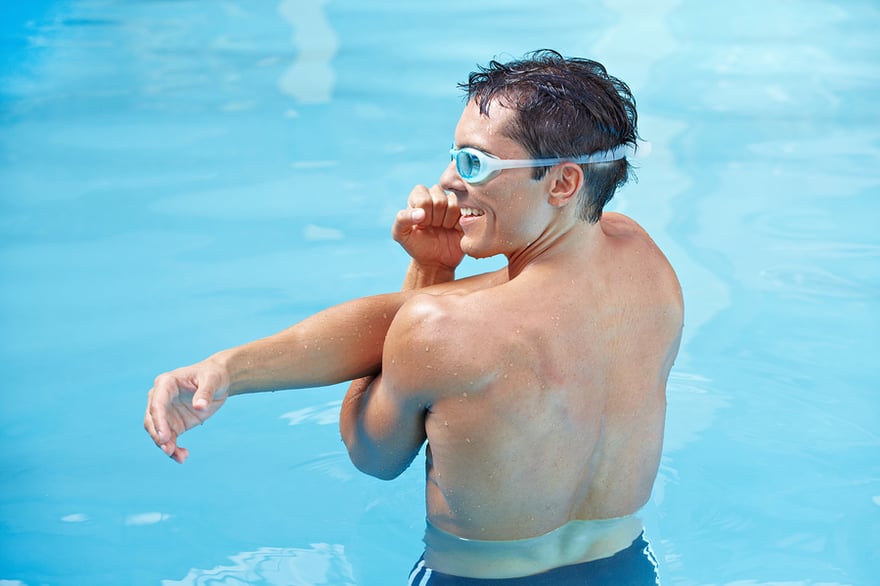Diving safety tips and common injuries

Image credit: bigstock.com
There are a few safety rules that divers can follow to ensure the safety of themselves and the people around them. We’ve also included information on a few common injuries that divers can watch out for.
Safety tips:
- Before attempting a dive, divers should always stretch in order to prevent injuries and over-straining.
- There should be visible depth indicators around the pool.
- Check the water before diving to ensure that the diver before you has made it to the side of the pool.
- Always remember to swim to the side of the pool once you have finished a dive.
- Once you are on the diving board, concentrate on the dive and do not get distracted. Only focus on executing the dive to the best of your ability.
Common injuries:
Wrist injuries
When divers enter the water, they grasp their hands one on top of the other with the palm facing toward the water. As they enter the water, their wrists are at a risk of getting bent backwards. Doing this repetitively causes pain, swelling, stiffness and irritation of the wrist joint. This can be treated with rest, ice, and nonsteroidal anti-inflammatory drugs. Taping or bracing the wrist can also prevent further injury.
Knee injuries
With so many jumps required in diving, it causes a lot of pressure on the kneecap. This can lead to pain in the front of the knee. The number of dives performed during dryland training and other factors such as poor flexibility and strength imbalances can also contribute to knee pain. As corrective shoes, orthotics and knee braces are not practical for diving, physical therapy is the most probable form of therapy.
Shoulder injuries
Shoulder injuries normally occur when a diver enters the water, and his or her extended arms get forced back. This can cause dislocation of the shoulders, and divers may require medical help to get it back in place. Risk of dislocation is especially high for youths participating in diving. Shoulder strengthening exercises, braces, and in some cases, surgery may be recommended to prevent recurrence.
To receive the latest updates on the happenings in the Singapore sports scene, or to find out more about some of the latest programmes on offer at ActiveSG, like our Facebook page here.



